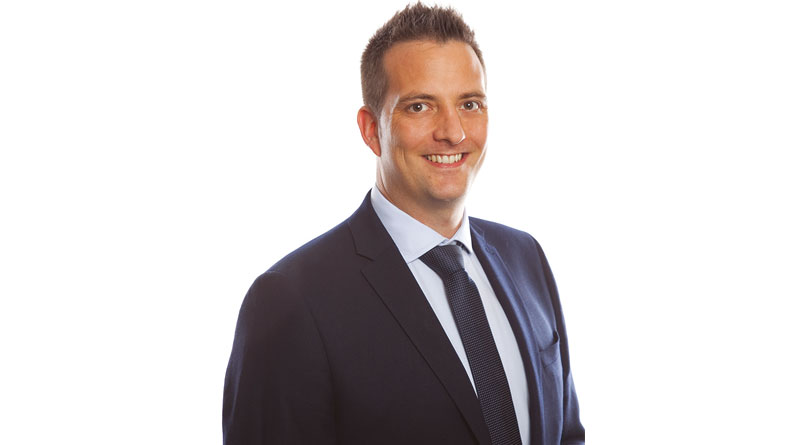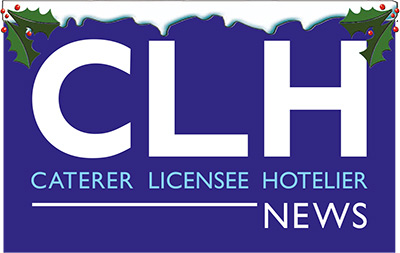VAT Increase: Have Costs in the H&L Sector Reached Boiling Point?

By Simon Armstrong, senior manager at accountancy firm, Menzies LLP (www.menzies.co.uk).
At a time when costs are soaring and many businesses are still in recovery mode as a result of the pandemic, the return of 20 per cent VAT is likely to bring significant financial hardship for many hospitality and leisure (H&L) businesses. To remain viable, it’s vital that they manage costs carefully and keep a close eye on cashflow.
On 1st April, the Government’s temporary reduction in VAT rates, introduced to support one of the sectors hardest hit by the pandemic, came to an end. However, with the financial position of H&L businesses being put under pressure for a number of reasons, the return to 20 per cent VAT (from 12.5 per cent) has come at a challenging time.
Facing a variety of inflationary pressures, which are contributing to rising costs for goods and services, H&L businesses, which may have large premises and restaurant kitchens, are especially vulnerable to rising energy prices. The impact of inflation and difficulties securing workers are pushing up wage costs, while ongoing supply shortages, including those caused by the Ukraine crisis, are also having a financial impact. According to findings from UK Hospitality, the sector is facing a 95 per cent hike in energy bills, 19 per cent increase in labour costs and 17 per cent increase in food costs. Businesses may also need to repay Coronavirus Bounce Back Loans, taken out to help them survive the pandemic, while the cost-of-living crisis means that consumers may have less disposable income for activities such as eating out.
When it comes to strategies for mitigating the financial impact of the VAT increase, businesses have two main options. On the one hand, they can opt to pass cost increases onto customers by way of higher prices for their goods and services. The alternative is to absorb the VAT rate increase by accepting lower margins, or reducing costs across other areas of the business.
With many consumers already feeling the squeeze, the decision to increase prices is reliant on customer goodwill and driving costs too high could see companies losing market share. Businesses should therefore adopt a big picture approach to cost reduction, considering how to improve the efficiency of the entire organisation. For each line in their profit and loss account, it’s important to consider whether it’s actually contributing to the success of the business and identify areas where they may not be achieving value for money.
For example, can they negotiate with suppliers to gain more favourable contracts, achieve economies of scale through their purchasing practices or drive down overheads by installing solar panels or heat pumps, or outsourcing certain activities?
Restaurants and hotels should also consider ways to optimise their procurement activities and reduce wastage. There is now intelligent software available, providing businesses with enhanced visibility of vital sales data, such as understanding which products are providing the biggest margins. This can help companies to improve their menu planning and make the most out of each cover, while improving efficiency levels.
Decision makers should also focus on improving cashflow management. In the short term, this should involve making the most of payment terms with suppliers. For example, this could involve making payments on day 30, if they have 30-day payment terms. Thinking ahead about when rental and staff payments will be due and conducting cashflow predictions will also help them to plan ahead and ensure they’re able to cover any debts. At tough times, it might also be worth taking out short-term loans to get the company through a tough period, for example, securing an overdraft. In recent years, HMRC has shown greater flexibility with regards to agreeing payment plans in order to help businesses catch up with their tax payments, if they’re falling behind.
In the long term, techniques such as three-way forecasting, which involves combining data for a business’ profit and loss account, balance sheet and cashflow, can help companies to gain more certainty by assessing the financial impact of a number of different scenarios on their business model. For example, this might be a major recruitment drive or the launch of a new restaurant branch.
Ultimately, decision makers should also ask themselves whether the business is viable in the long term, and seek expert support if the answer is no.
With H&L businesses facing a perfect storm of cost-related challenges, the VAT increase could prove the last straw if they don’t take action now. By investing in a thorough cost reduction drive and implementing effective cashflow planning, businesses stand a better chance of improving their profitability and withstanding current and future challenges.
